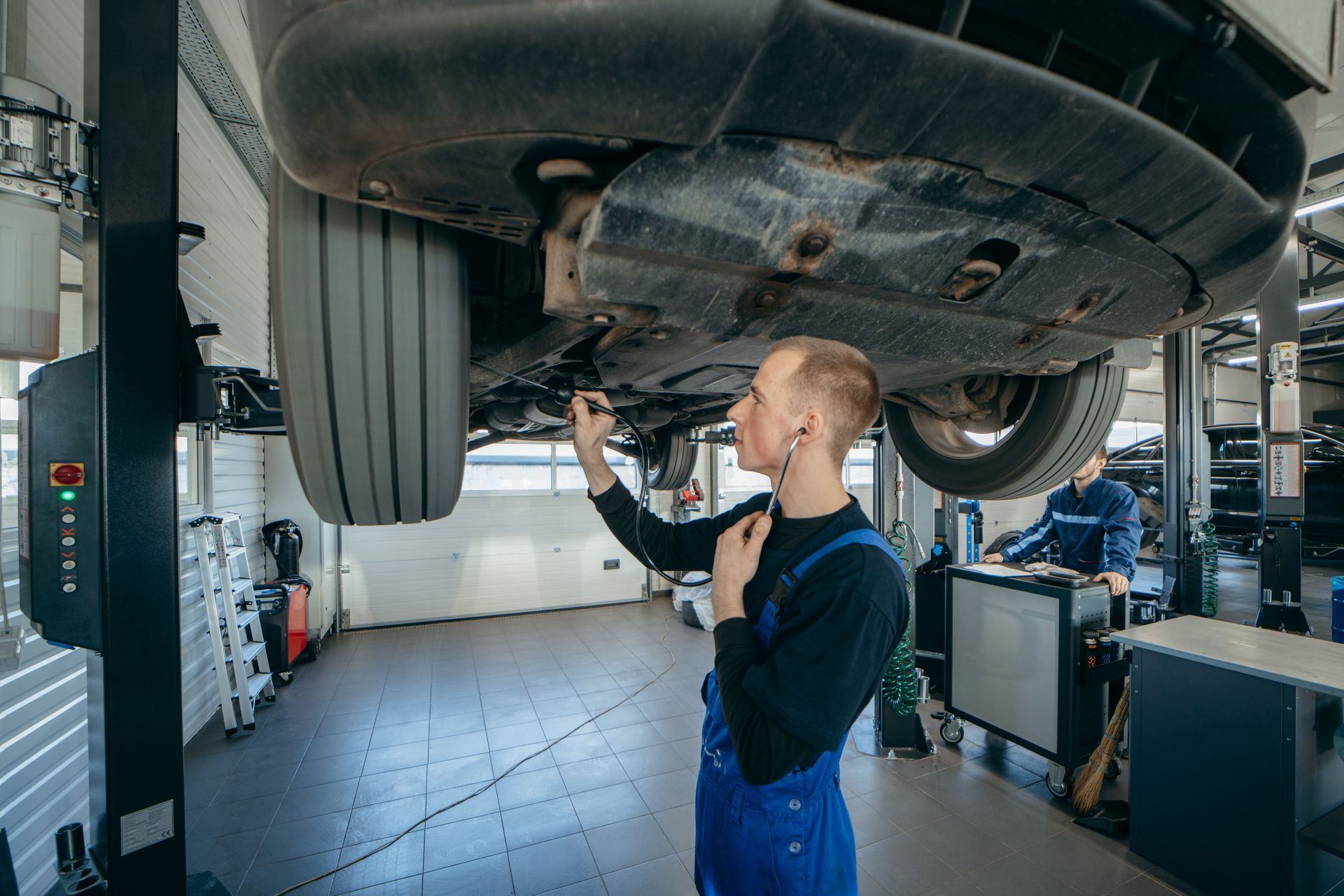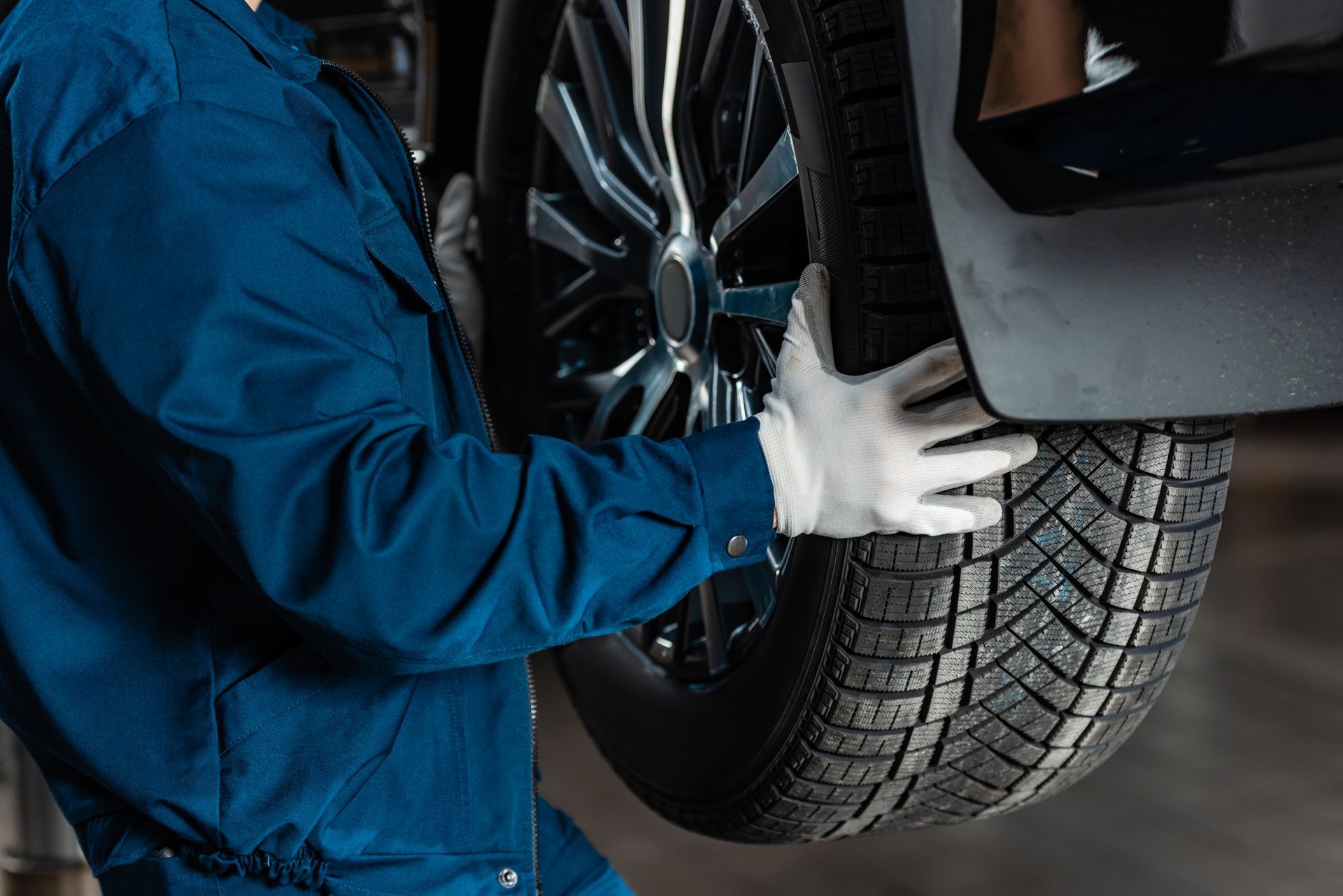At Ken's Tire and Auto in Oklahoma City, OK, we know that seeing your check engine light illuminate can be a source of stress and concern. It’s a warning you don’t want to ignore, yet not every instance signals an emergency. Our goal is to provide you with clear, actionable insights into what this light means, and when you should bring your vehicle to our expert technicians.
What is the Check Engine Light?
The check engine light is a part of your car's onboard diagnostics system. It’s a visual indicator that something might be wrong with your car's engine or another component affecting emissions. Originally, it was designed to flag issues with emissions systems to help reduce pollution. However, today's vehicles use this light to signal a wide array of performance problems.
Common Reasons the Check Engine Light Comes On
Though it varies by make and model, several common issues can trigger your check engine light:
- Oxygen Sensor Failure: A faulty oxygen sensor is one of the most common issues. It monitors the amount of unburned oxygen in your vehicle's exhaust and sends this information to your car’s system to adjust the air-fuel mix.
- Loose or Faulty Gas Cap: While it might seem trivial, a loose or damaged gas cap can disrupt the pressure balance within your fuel system, leading to the light coming on.
- Catalytic Converter Issues: The catalytic converter helps to convert harmful gases into less harmful emissions. Problems here can lead to reduced vehicle performance and increased emissions.
- Mass Airflow Sensor Failure: This sensor measures the amount of air entering the engine to ensure proper fuel use. Its malfunction can affect performance and fuel efficiency.
- Faulty Spark Plugs or Wires: These are critical for engine performance. Worn or damaged plugs and wires can cause engine misfiring, affecting your vehicle's ability to start or run smoothly.
What to Do When Your Check Engine Light Is On
Seeing the check engine light can naturally lead to uncertainty, but taking the right steps promptly can save time and prevent further issues:
Don’t Panic: Not all issues lead to immediate danger. Evaluate how your car runs. If it feels normal, scheduling a convenient time for inspection is usually fine. However, if you notice a significant difference in performance, like engine stalling or overheating, it’s best to contact us immediately.
Check the Gas Cap: As simple as it sounds, a loose gas cap is often the culprit. Make sure it's tight and in good condition.
Observe for Unusual Signs: Keep an eye on other dashboard lights and listen for unusual noises or changes in your car’s performance.
Visit Ken's Tire and Auto: Our team in Oklahoma City provides state-of-the-art diagnostic services to accurately identify and resolve the issue at the heart of your check engine light.
The Importance of Professional Diagnosis
While some may opt for a quick fix using basic diagnostic tools, we suggest turning to professionals to ensure the issue is addressed fully and correctly. At Ken's Tire and Auto, our technicians have the expertise and equipment to handle any automotive issue seamlessly, prioritizing your safety and your vehicle’s longevity.
Conclusion
The check engine light is a valuable tool in maintaining your car’s performance and emissions standards. Although it can signify various issues, including minor or major engine trouble, knowing how to respond can keep your vehicle in optimal running condition. Trust Ken's Tire and Auto in Oklahoma City to provide you with reliable service and peace of mind. Whether it’s a quick check or a comprehensive repair, we’re here to help keep you rolling smoothly.
Remember, proactive maintenance saves time and money in the long run. Let’s team up to keep your vehicle safe and efficient. Visit us at Ken's Tire and Auto, where you can rely on top-notch service and automotive expertise tailored to your needs.







